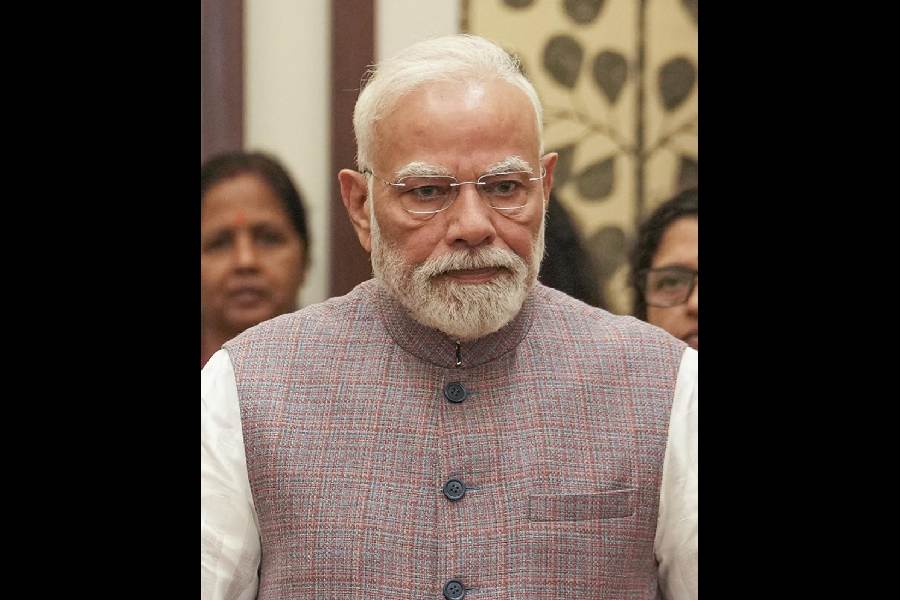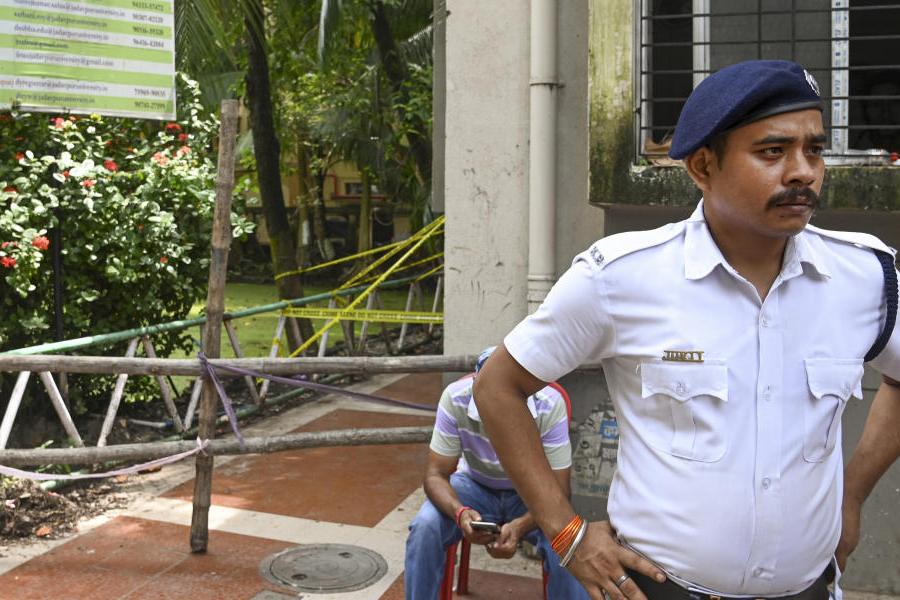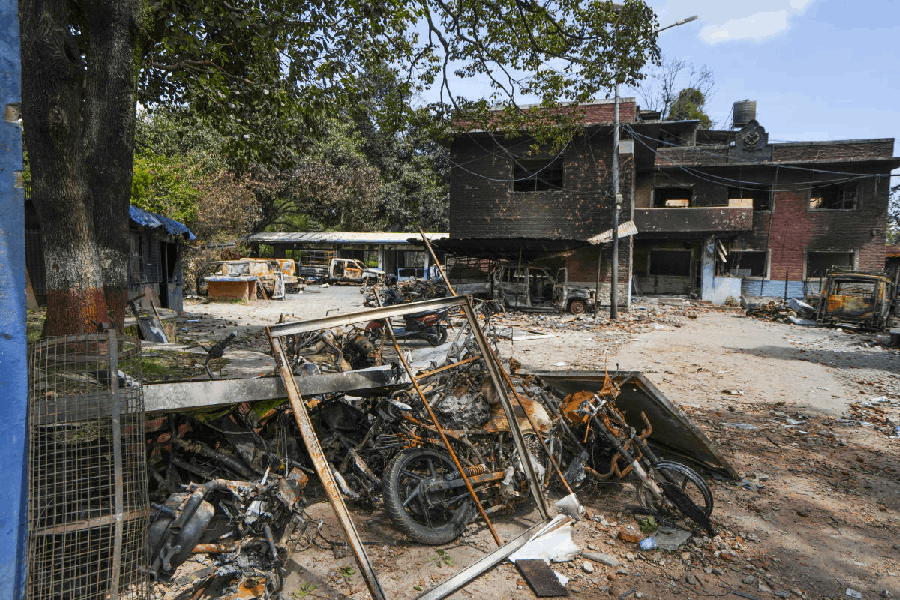 |
| Picture perfect: Taking photographs of wild animals may involve long hours of waiting |
The shrill mating call of the peacock rent the still jungle air. All three of us looked at him ? turning round and round with his magnificent plumage extended in its full glory to draw the peahen’s attention. But that was just a momentary distraction ? we settled down to continue our vigil. The three of us, all photographers by choice and software professionals by profession, had travelled to Kanha National Park at the south-western tip of Madhya Pradesh for a glimpse of that ‘large-hearted gentleman’, the Indian tiger.
But wildlife photography is far more than that one magic moment frozen in time on celluloid. It’s one of the more demanding branches of photography in terms of equipment, finances and, above all, patience and stamina. The adage ? ‘what you pay is what you get’ ? holds true for wildlife photography equipment. Expensive equipment definitely enhances the quality of the final image, but as an amateur photographer or wildlife enthusiast, one can make certain compromises and yet get high quality photographs.
What clicks
One basic criterion for equipment is that it should be hardy enough to be used in a dusty outdoor environment. The basic requirement is an SLR camera and a good telephoto lens. The current market provides a lot of choice for SLR bodies in both digital and analog formats. Although I am a hardcore Canon user, Nikon is more popular in India because of its easy grey market availability. For capturing large mammals ? usually the sort found in Indian jungles ? a 70-200 mm or 70-300 mm lens is sufficient. Although a minimum lens aperture of f2.8 is desirable, these lenses can be very expensive. A more common alternative is a f4.0-5.6 aperture lens.
One often has to shoot in less than perfect light conditions. So a very steady pair of hands is required ? many photographers use tripods but I personally find tripods a cumbersome accessory, particularly when one is perched atop a moving elephant! Another alternative is to use lenses designed to counter hand vibrations ? like the Canon image stabilised (IS) lens and the Nikon vibration reduction (VR) lens. For analog cameras, the choice of film is an important consideration. Transparencies provide the best quality ? but they are comparatively more expensive and have lower latitude than print films, which can pose problems because of the uneven distribution of light in the jungle. A 400 ASA print film provides a good compromise, as its higher latitude allows for shooting in more varied light conditions.
Luck and labour
In many ways, the most important factor for shooting good wildlife photos is luck. It helps to plan in advance and have a guide with a thorough knowledge of the terrain and prior experience of working with photographers. India still has pockets of magnificent forests teeming with wildlife. Some ideal places to learn the ropes are Corbett National Park in Uttaranchal, Ranthambor in Rajasthan, Kaziranga in Assam and Bandhavgarh and Kanha in Madhya Pradesh. Our guide in Kanha had taken us to an area known as Schaller’s Height where a tigress had been spotted a couple of hours ago.
Before starting off, one should obtain complete information about routes, fees, park timings as well as the availability of elephants and jeeps for a ride into the jungle. Elephants can go off the main track and deep into the jungle but it is possible to cover more ground on a jeep. Ideally, one should opt for a mix of both. It helps to do some homework on the animals as well as their habits and behavioural patterns, since one often has to anticipate the animal’s movements and move into the correct position to get that desired shot.
Patience rewarded
To get a good view one has to be able to blend with the environment. So bright or flashy clothes are a strict no-no, as is talking loudly or making noise. These things often scare off animals. Perfumes and deodorants should be avoided, as most animals have a keen sense of smell. Amateurs must also remind themselves that they are not in a zoo. Watching animals may involve long periods of inactivity and waiting, but with luck, patience is usually rewarded.
Talking of rewards, our patience in Kanha was certainly rewarded, and that too, just when we were telling ourselves that it was probably a false alarm. The silence of the jungle was broken by the warning cries of some langurs perched on their tree -top watch-towers. Within a minute, we had a glimpse of him ? a young male about six-and-a-half feet long ? moving through the underbush like a shadow. Coming out into the open, he surveyed the road. We weren’t interesting or dangerous enough, because without casting a second glance at us he crossed the road and disappeared into the jungle on the other side. All through the episode ? lasting more than a minute ? I was shooting away with my reliable Canon. Long hours of waiting had finally culminated in that magic moment.










